On November 2, a gay, Black student was allegedly assaulted at an on-campus event. This incident did not occur in a vacuum — it has been just two years since several instances of racist vandalism and harassment towards Black students occurred at Grinnell, and just over four years since Michael Williams, a Black resident of Grinnell, was murdered blocks from campus by a white Grinnell resident. These events are compounded as students grapple with what local and national election results will mean for their safety and expression of identity in Iowa.
Grinnell College is not getting any safer for students of color or LGBTQ+ students, especially those who hold the intersection of both identities. The Scarlet & Black has spent the last three weeks reporting on the alleged assault of Kenya Taylor `28. In that time, members of our staff have spoken to many students who fear for their own safety. In light of this, we feel it necessary to publish an editorial on Grinnell College administration’s failure to keep students of all backgrounds safe on campus.
Four days after the alleged assault on Taylor, the Office of Diversity, Equity and Inclusion sent out an email with the subject line “Community Notification,” in which they stated they were “currently investigating and responding to a reported bias-motivated assault on campus that took place on Saturday, Nov. 2.” The wording of the email was vague, and the subject line was unassuming. Some students who had witnessed the incident first-hand told The S&B they did not realize the email was referring to the same event.
If Campus Safety officers were on the scene and the College was aware of the incident the night it happened, why did administration wait four days to publicly acknowledge the incident? Where was its sense of urgency? Why hasn’t the College been transparent about the names of responding officers and the details of their response?
The email also stated that the College’s primary concern was the “immediate care of the student’s comprehensive well-being,” as it should be. But it did not include any secondary concern for other students of color and LGBTQ+ students, many of whom read this email and were forced to consider the greater context in which this assault took place – and whether they could be next.
Similar campus notifications sent out by the President of the College, such as the Oct. 2023 “Violence in Israel-Palestine,” the Feb. 2023 “Michigan State University” shooting and the Feb. 2023 “Earthquake in Turkey and Syria,” all included a list of resources to support student physical and mental well-being. While these events were certainly impactful to some members of the campus community, none happened on Grinnell’s campus — whereas the alleged assault happened on campus, in front of hundreds of other students. Why didn’t this most recent email include resources for these students, many of whom have been on campus long enough to know that this alleged assault is just one incident of many?
A campus-wide message is not a sufficient response in itself, but providing resources would have been a start. Two years ago, students of color were forced to take their safety into their own hands after racist slurs were spray painted on cars and yelled out car windows at students. Why was the Black Student Union (BSU) forced to issue a list of demands to the College, organize a rally and fundraise for their own mutual aid in order to be heard? Why does change seem to come only as a result of student mobilization? Why are the affected students forced to both endure the incident and lead the response? Why has the College still not met all of the BSU’s demands?
This was not the first time the College failed to live up to demands from Black students aimed at improving their experience at Grinnell. Concerned Black Students took over Burling Library in 1971 and 1972, issuing a manifesto demanding change from the College. Many of the demands remain unmet fifty years later.
This lack of communication suggests that the College is more interested in preserving its reputation than prioritizing the best interest of students, particularly students of color and LGBTQ+ students. The College, which sells students on the idea of inclusivity and acceptance, has an obligation to create that environment to the best of its ability. While the College has little control over an increase in bias-related attacks nationwide, administration has a duty to swiftly and adequately respond to incidents on its own campus, and to put more effort into preventing them in the first place. Nothing the College can do will guarantee complete student safety, but that is no excuse to do nothing.
Signed,
Nora Kohnhorst, Zach Spindler-Krage, Charlotte Krone, Emma Kumano-Maloney, Sarah Evans, Taylor Nunley, Isaiah Moliga-Puletasi, Evelyn Wilber, Scarlett Saldana, Zoe Zappas, Alice Parker, Kaavya Shriram, Beatrice Crist, Oliver Wolfe, Olivia Pluska, Carrie Anne Little, Thai Theodoro, Katelyn Johnson, Asha Kulkarni, Julia Marlin, Marc Duebener
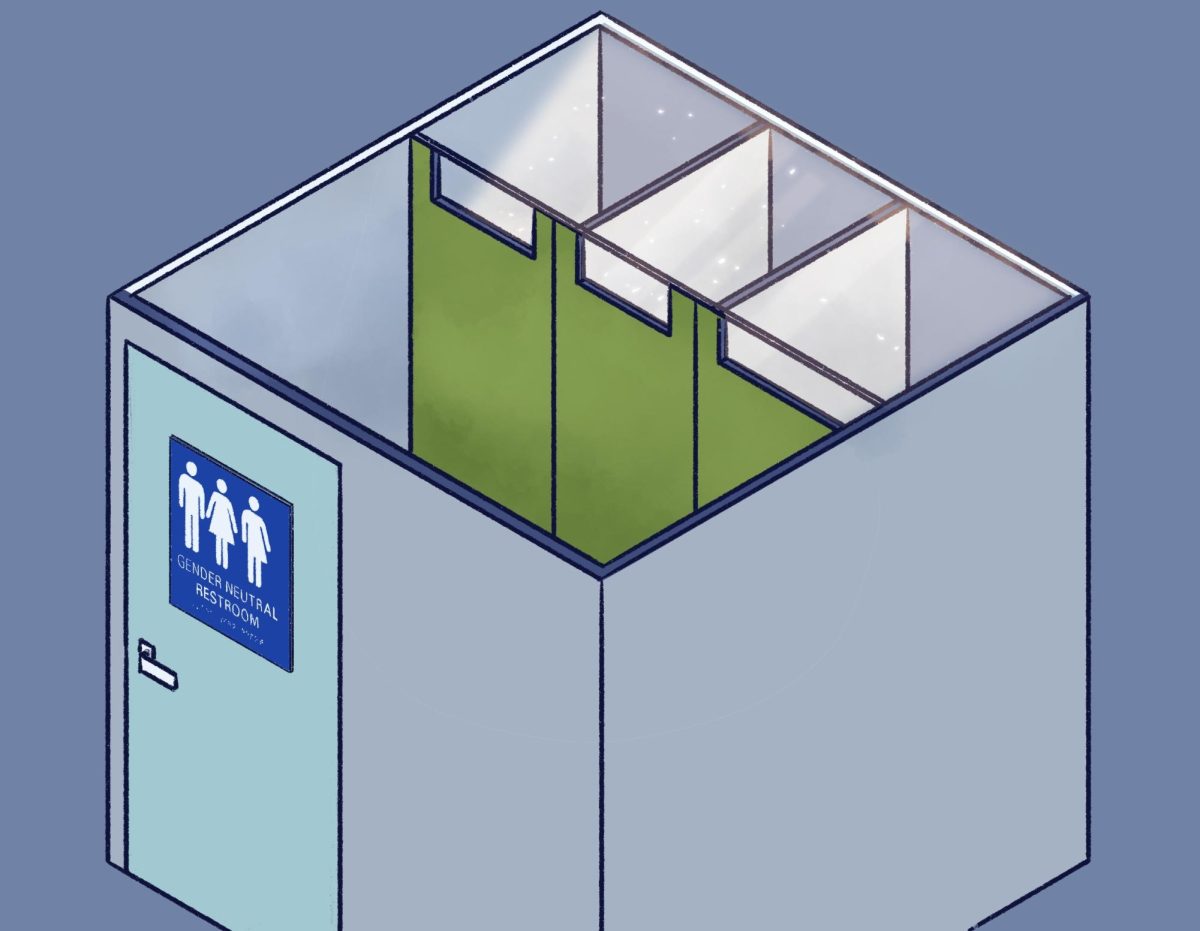

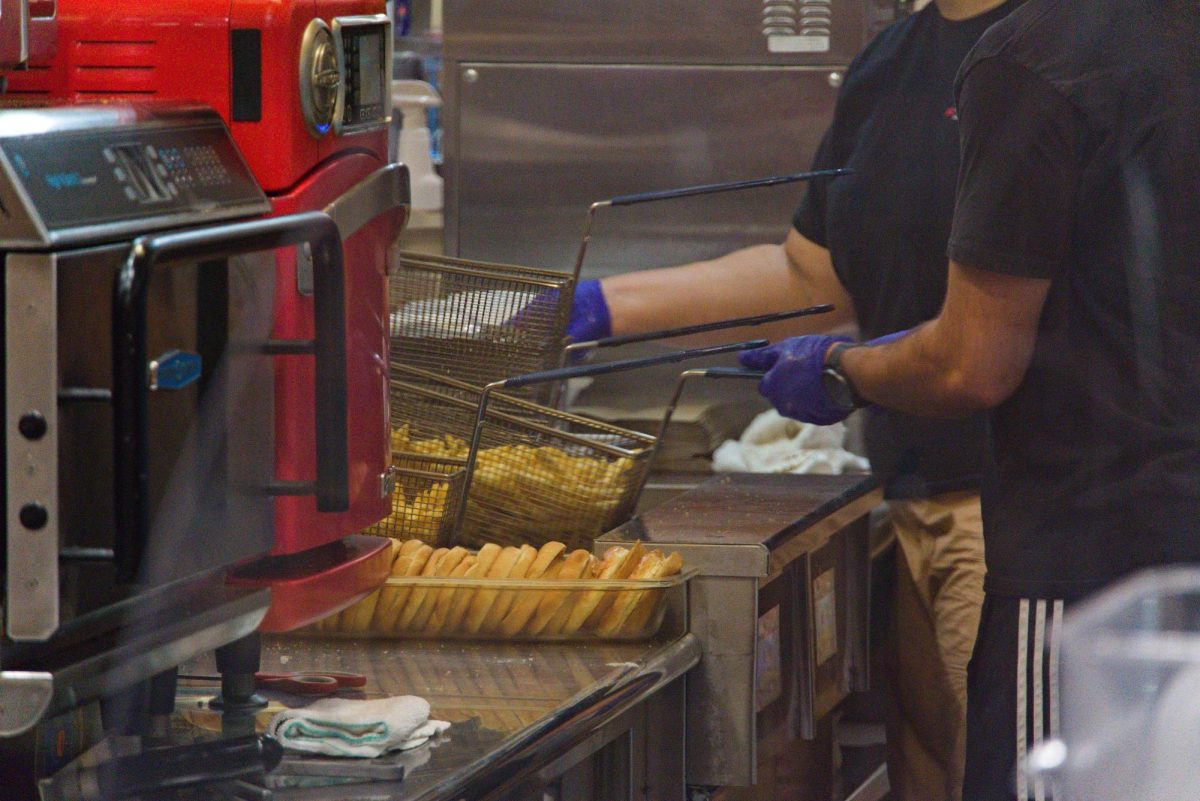
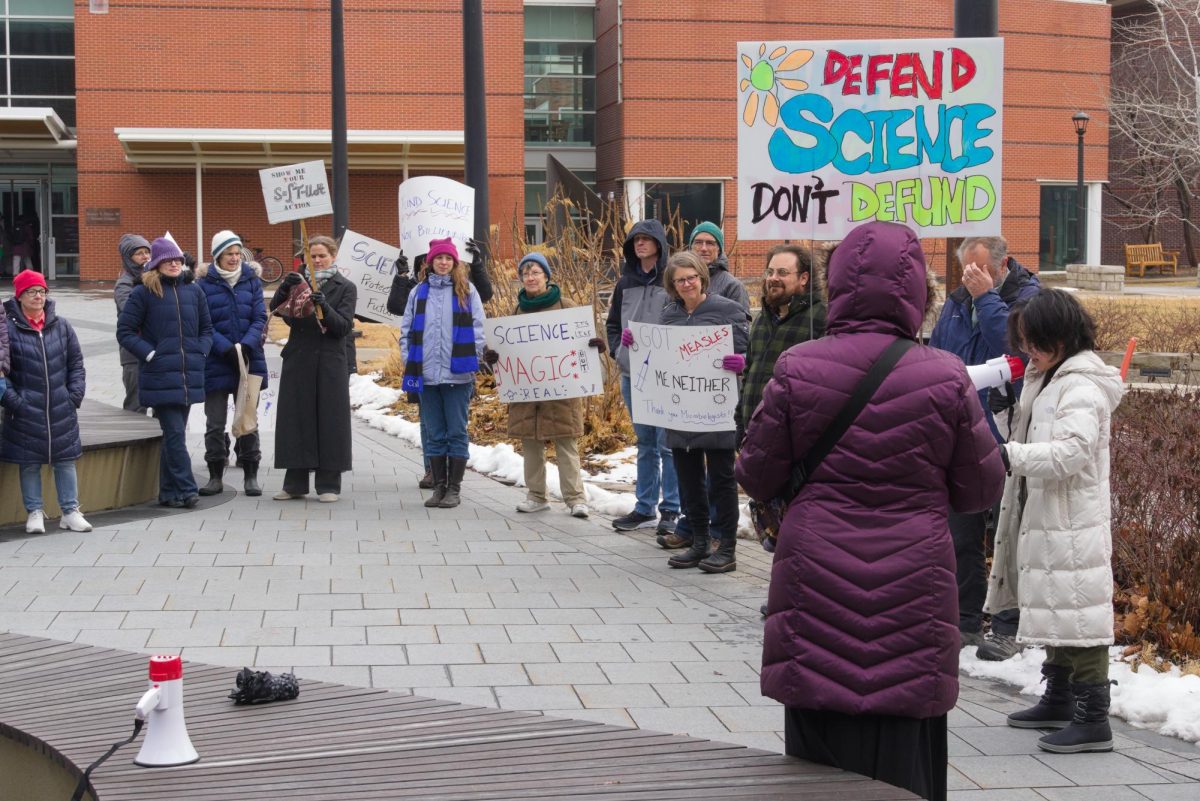

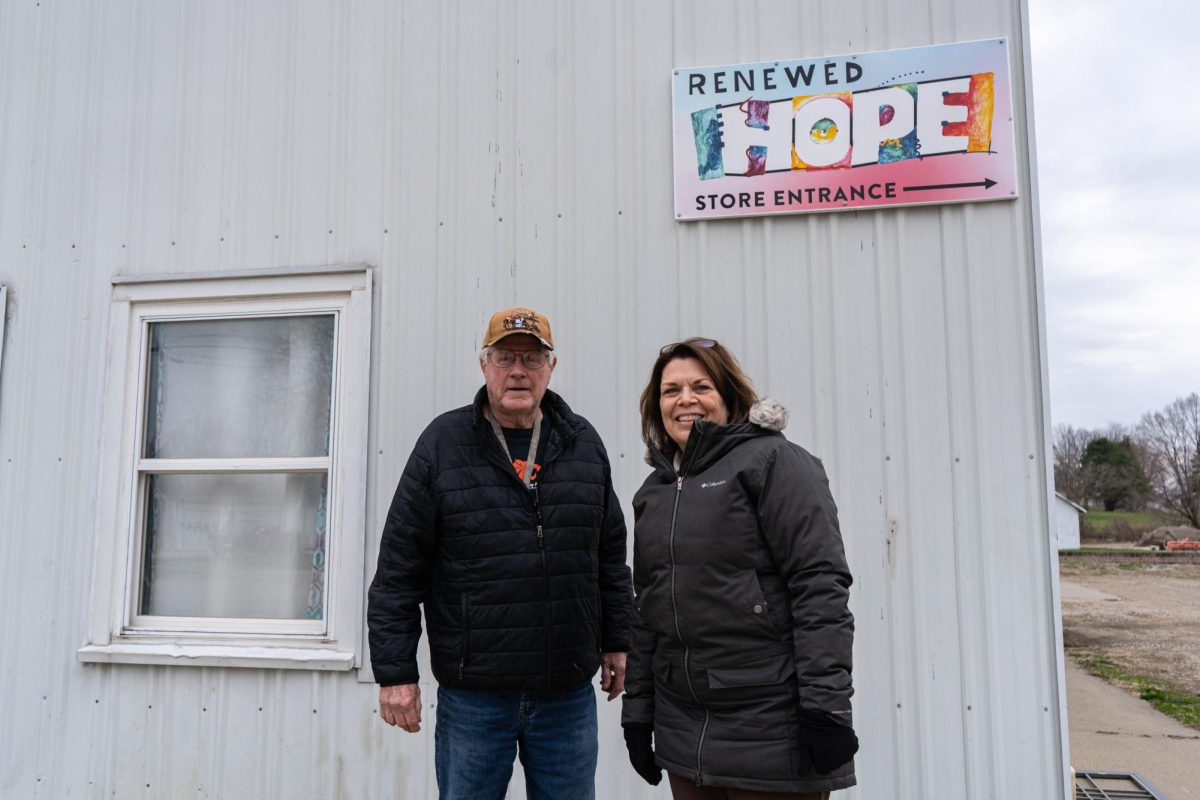
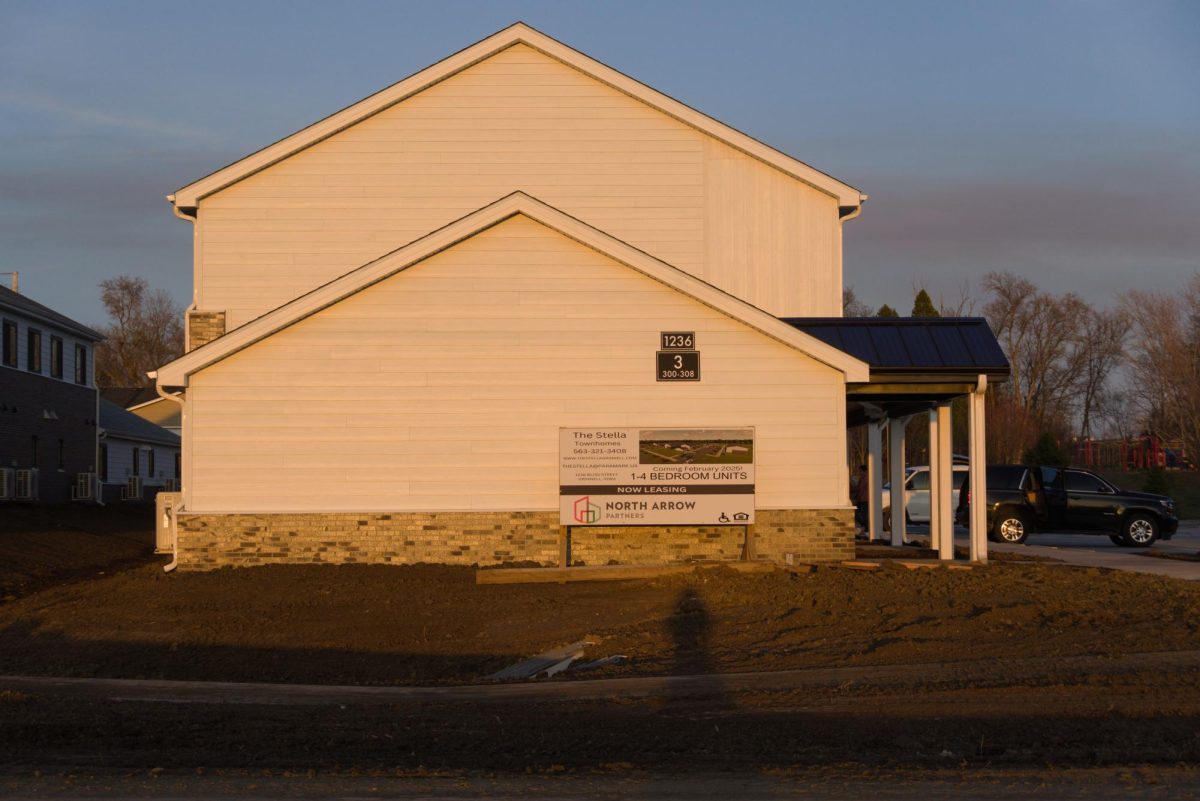
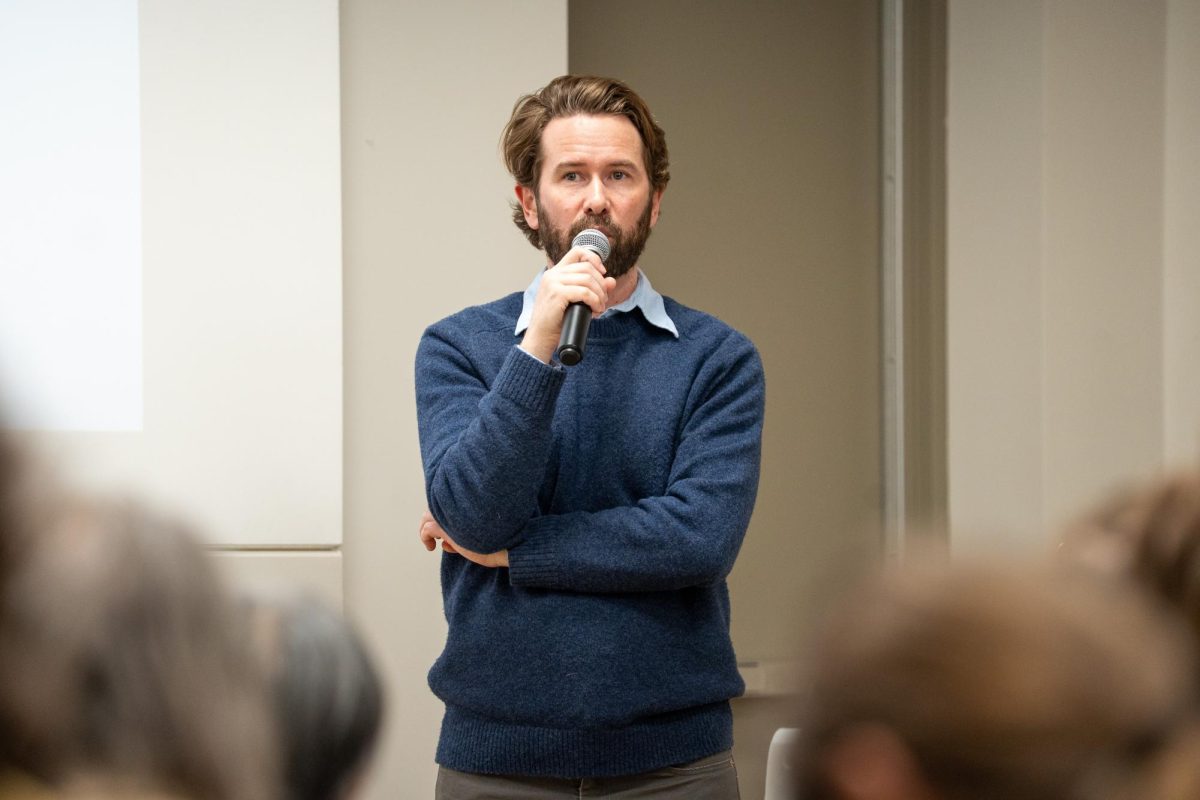
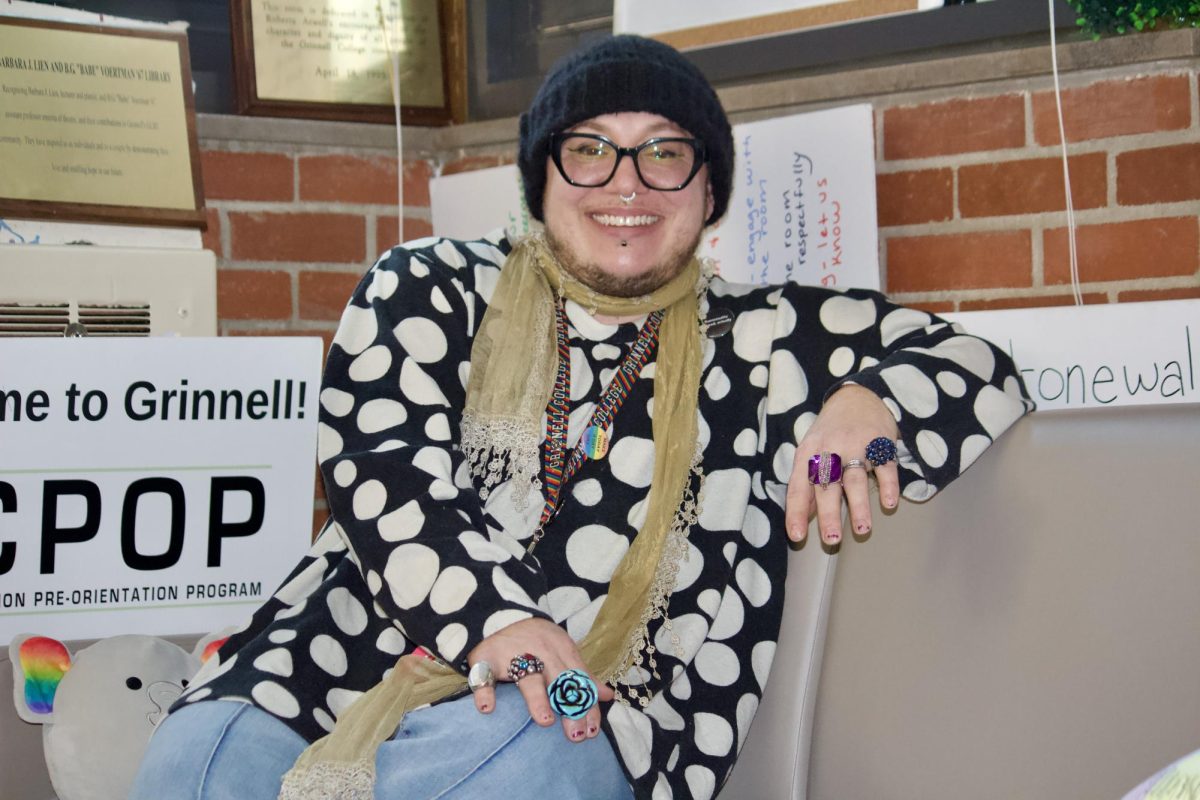



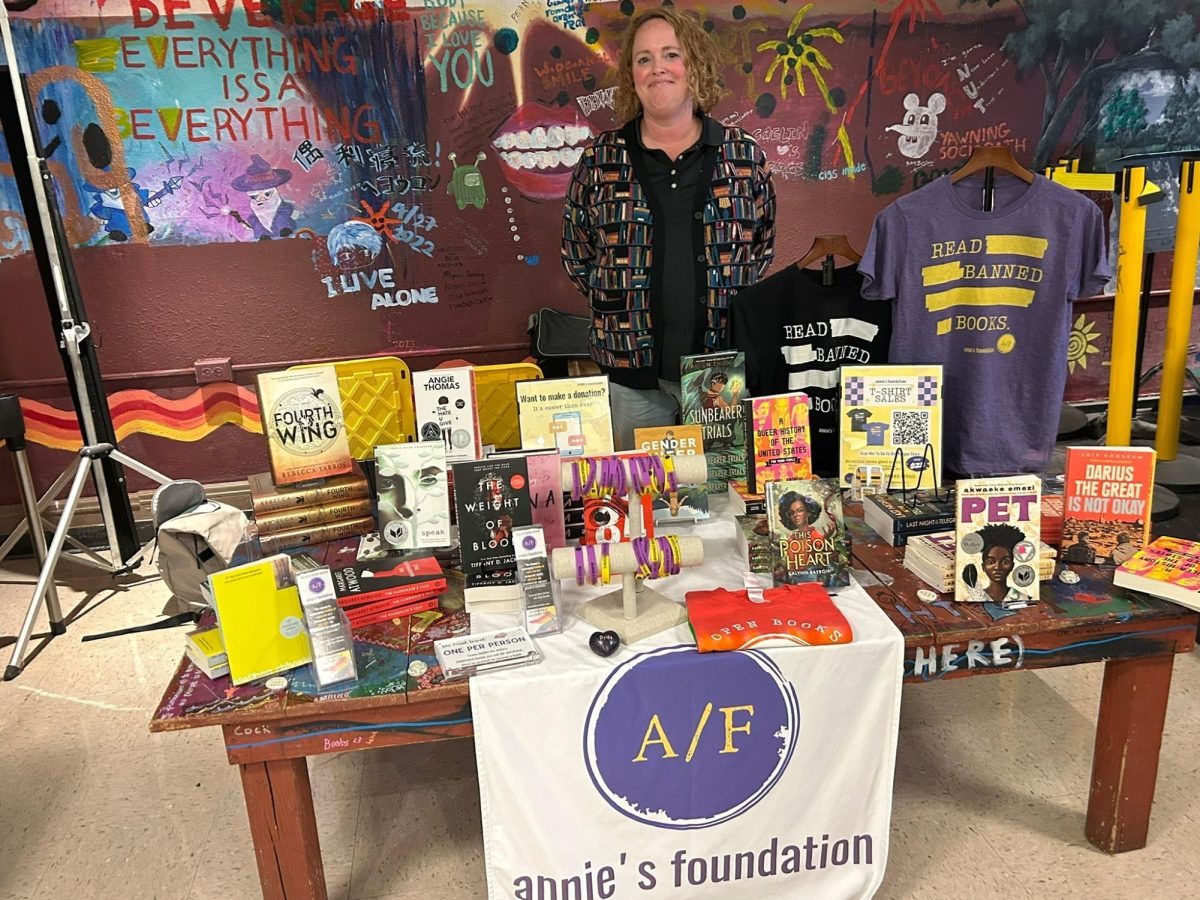

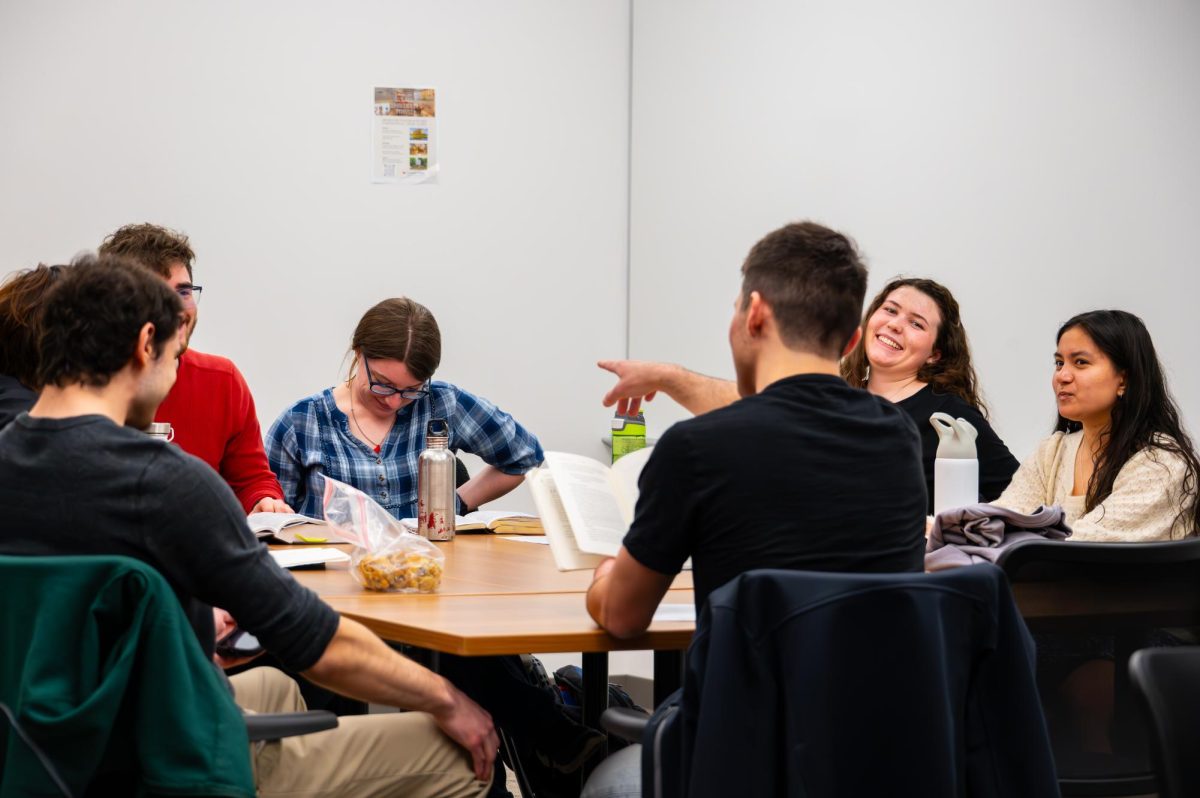
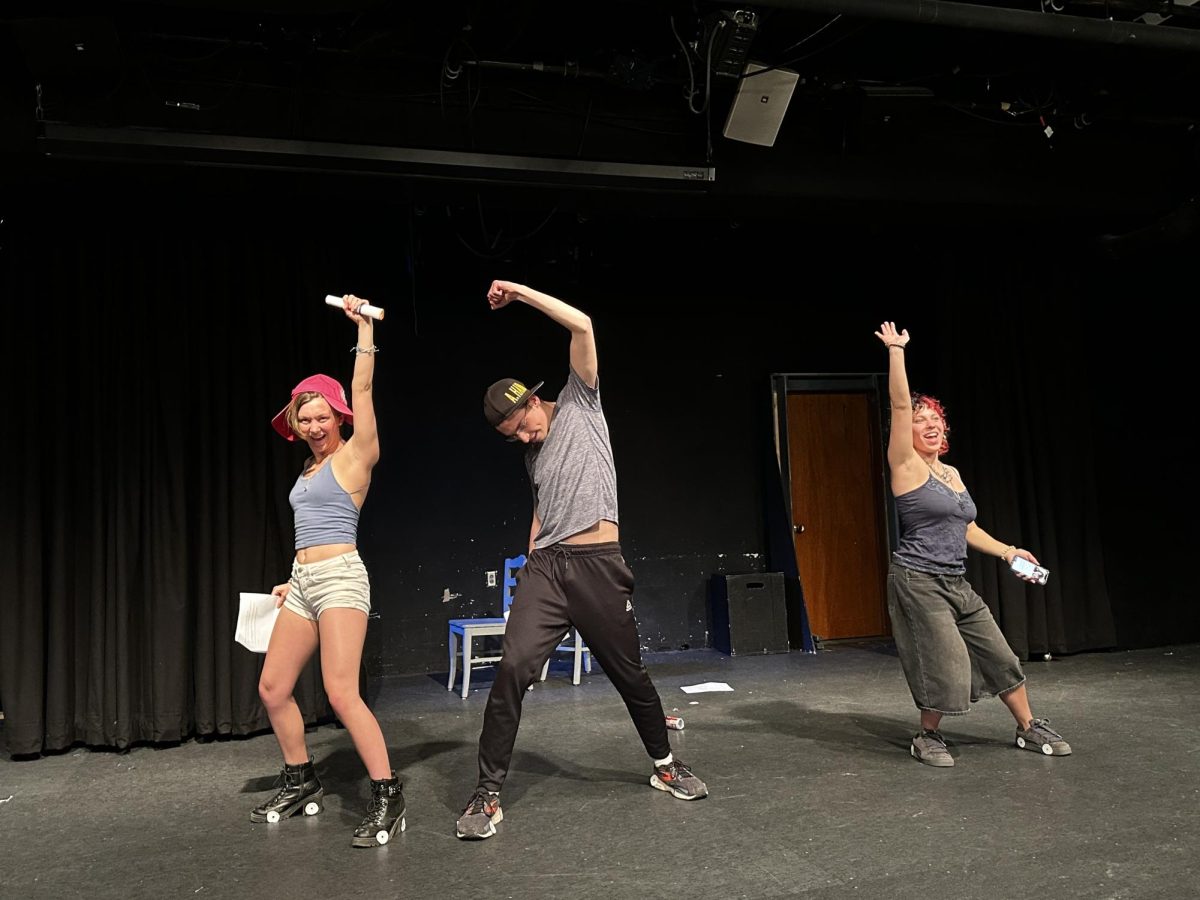
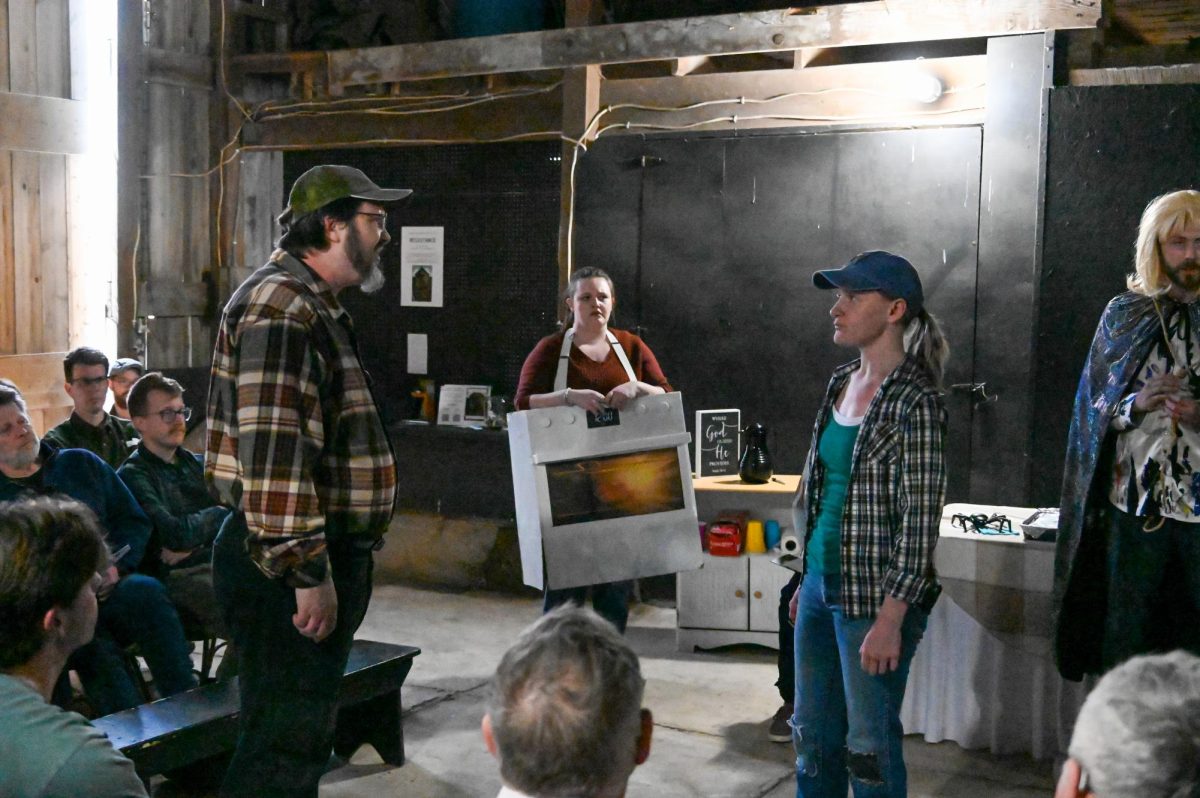
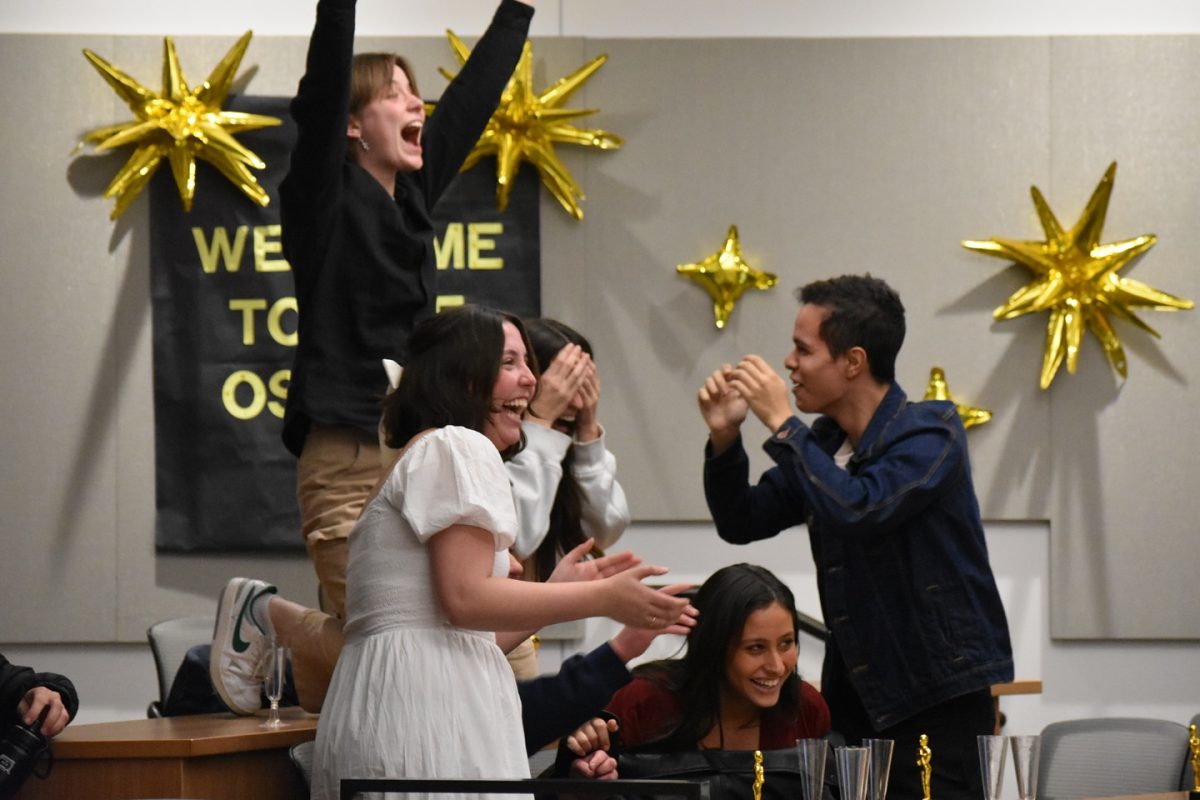


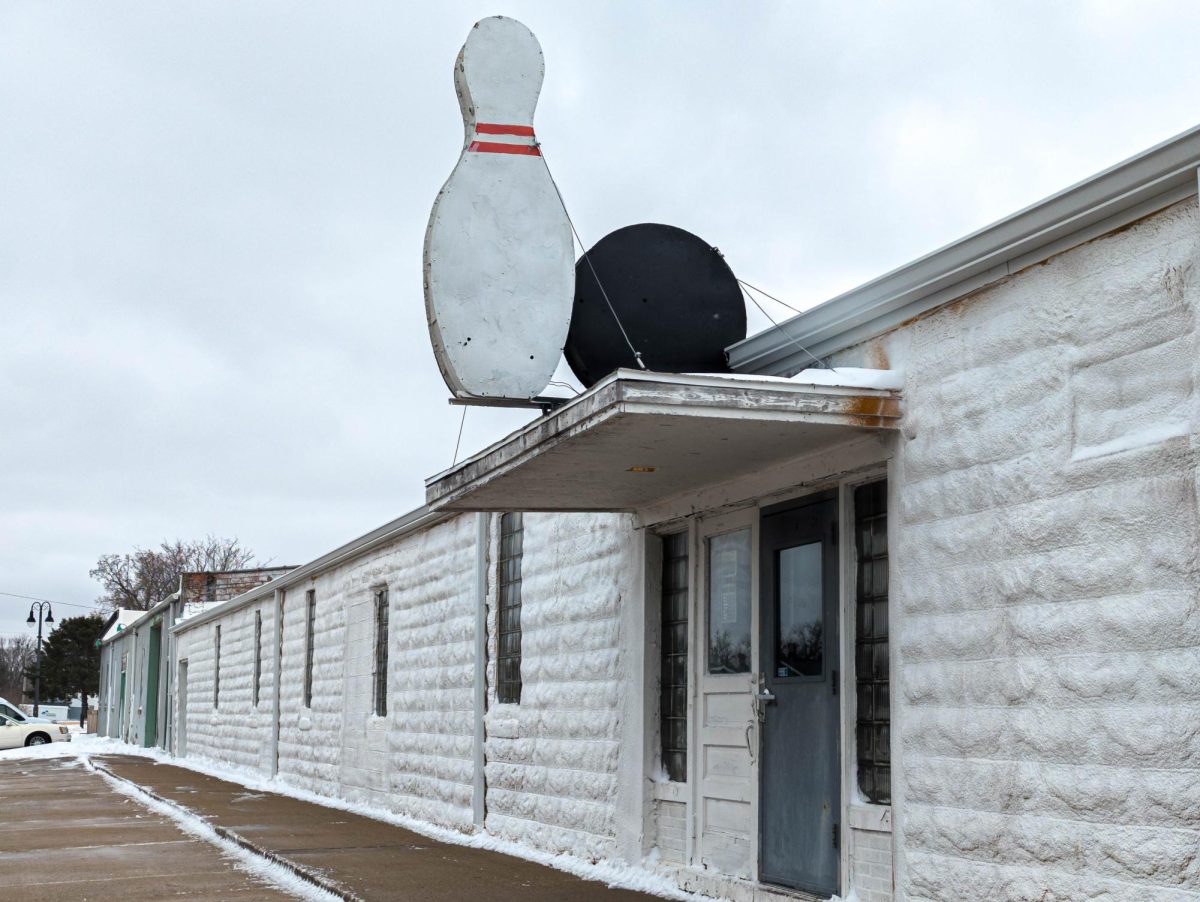
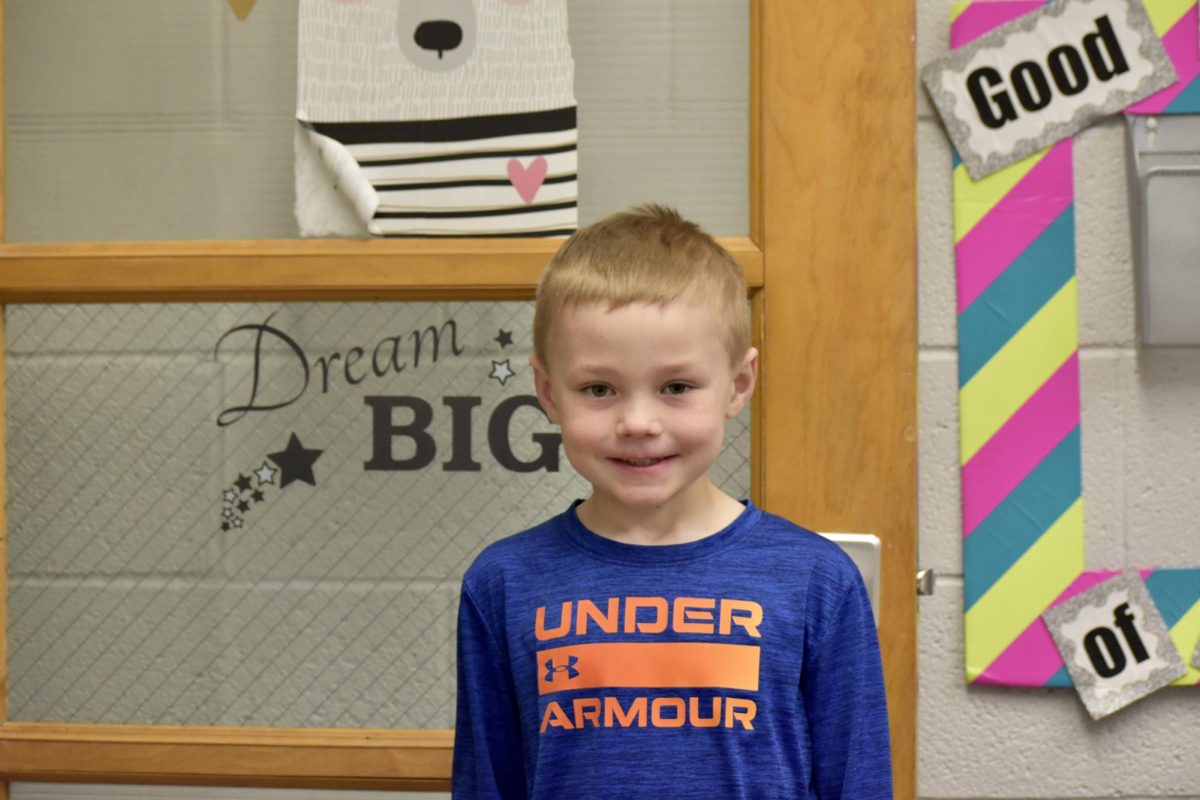
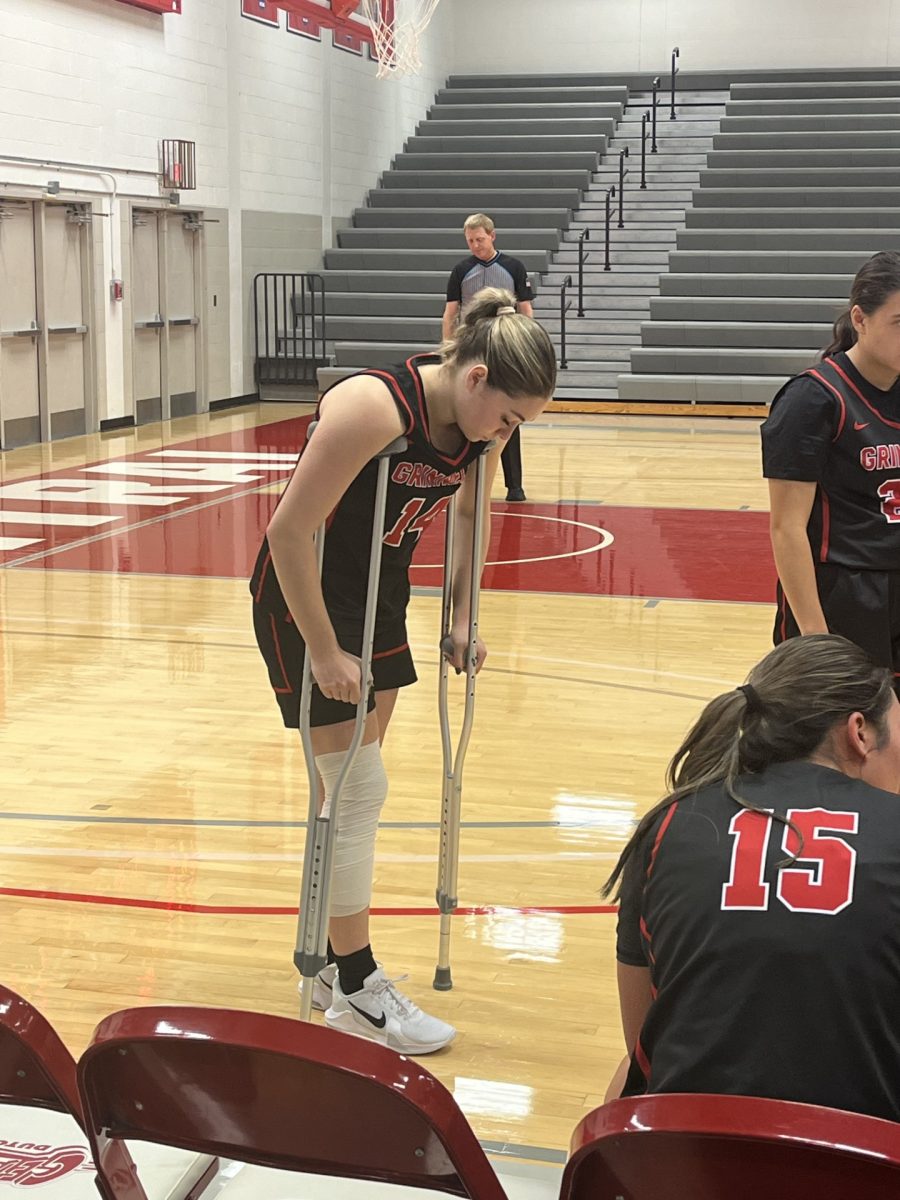
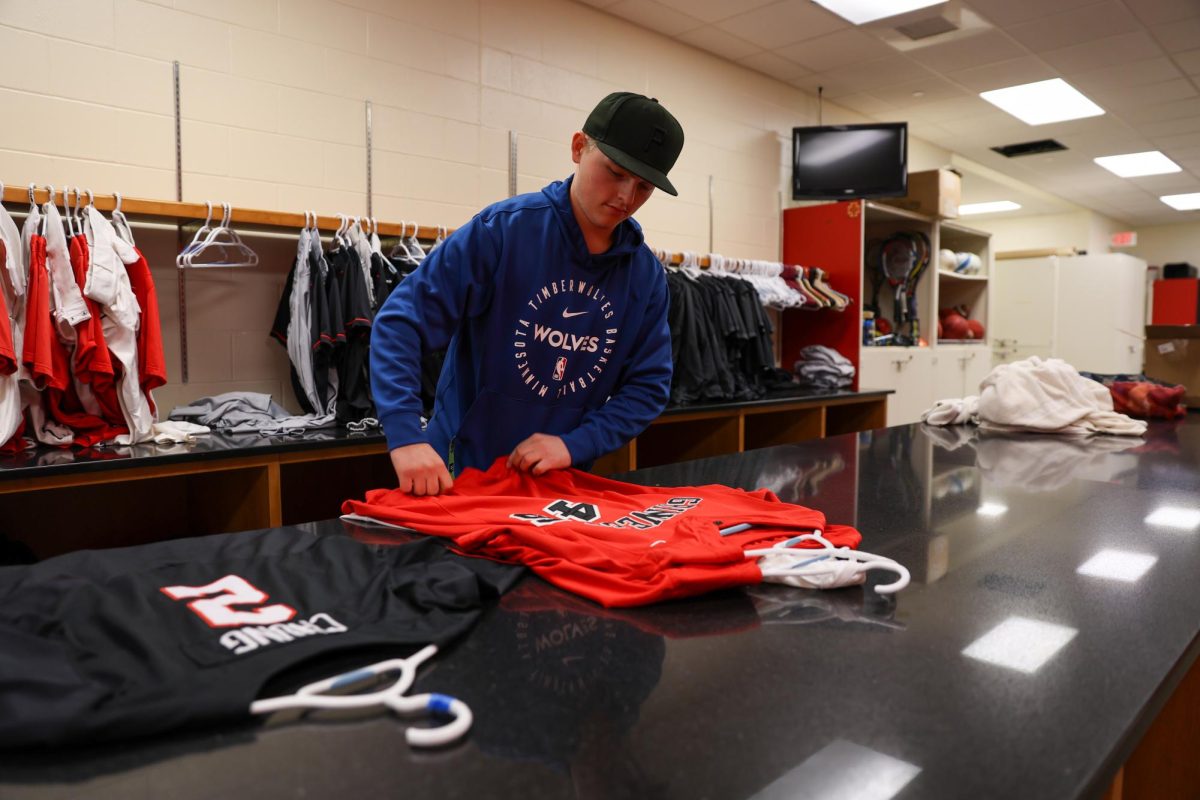
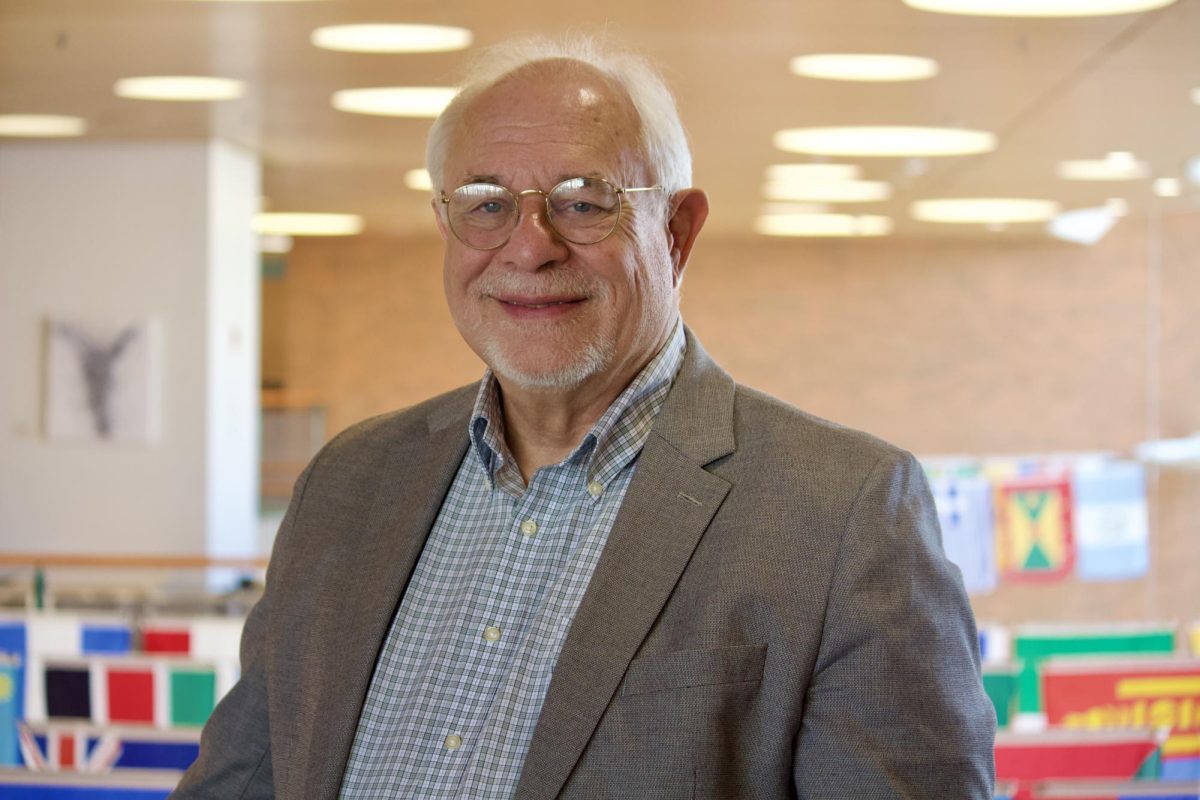
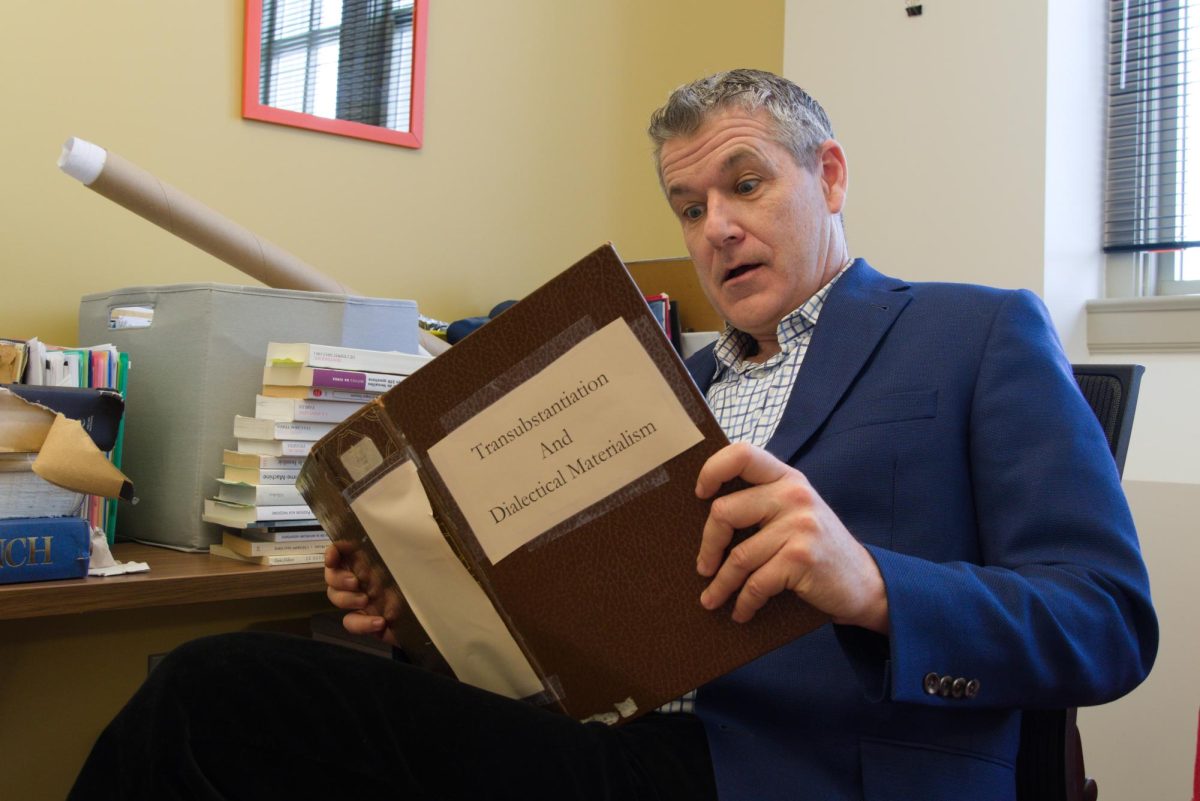
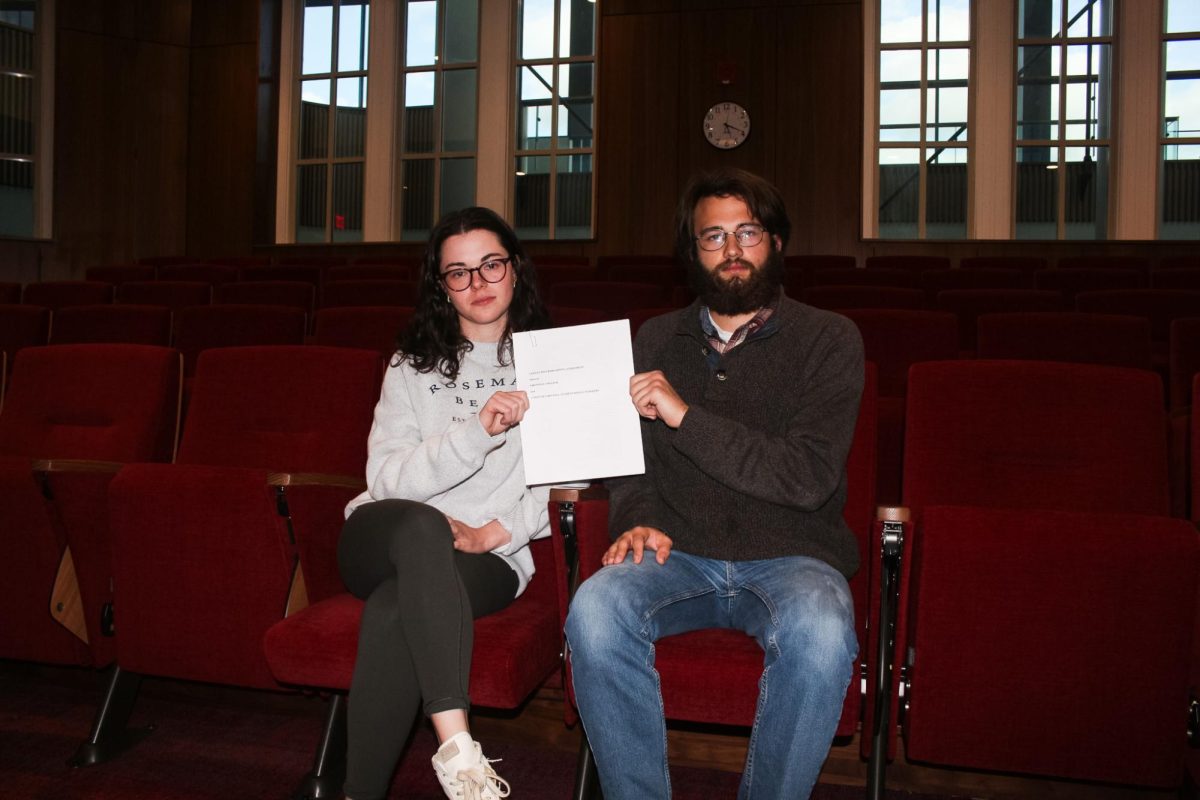
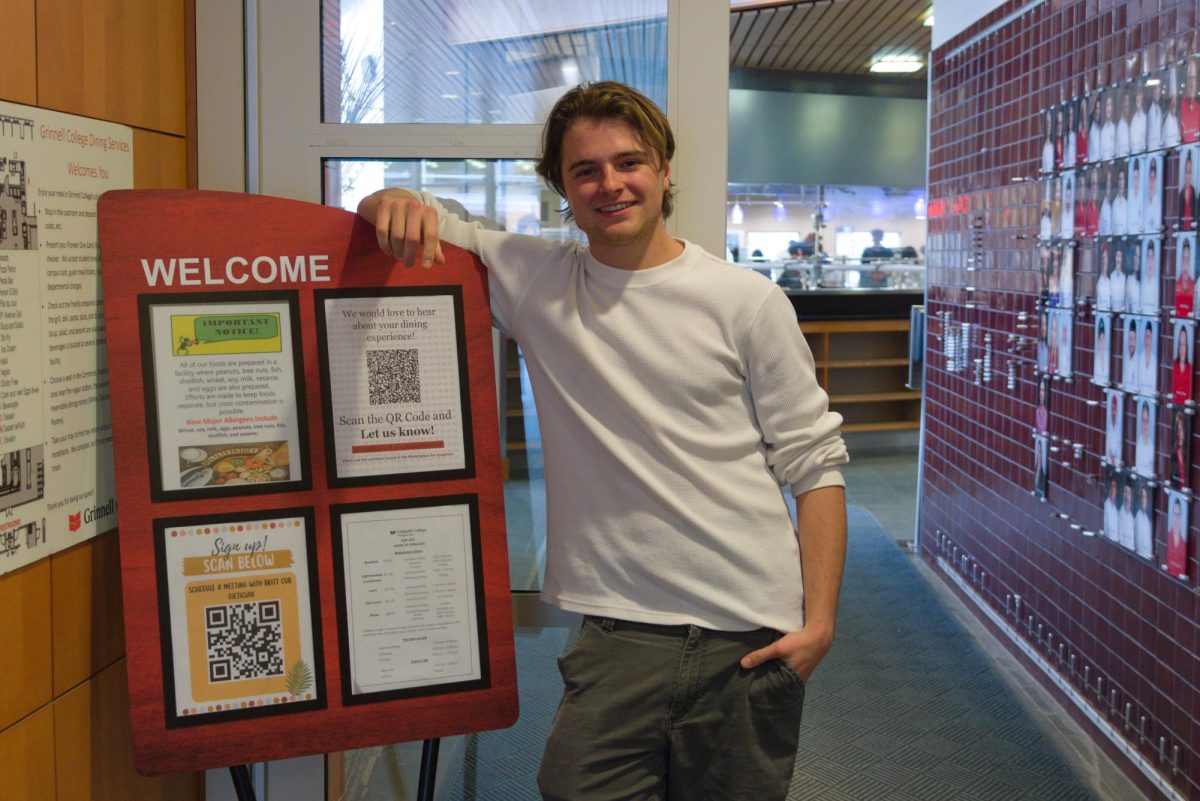















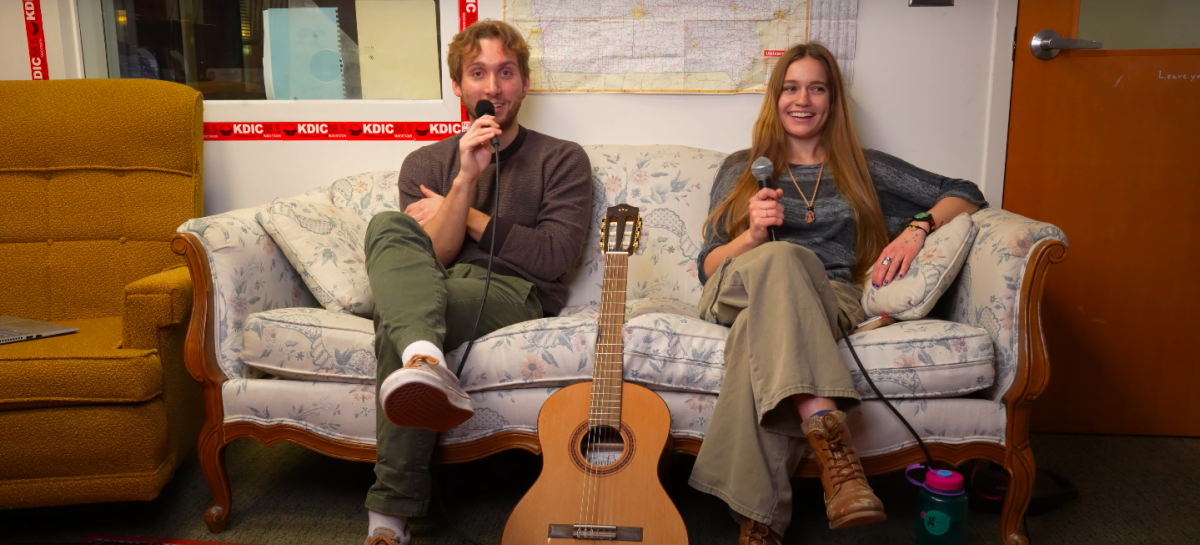




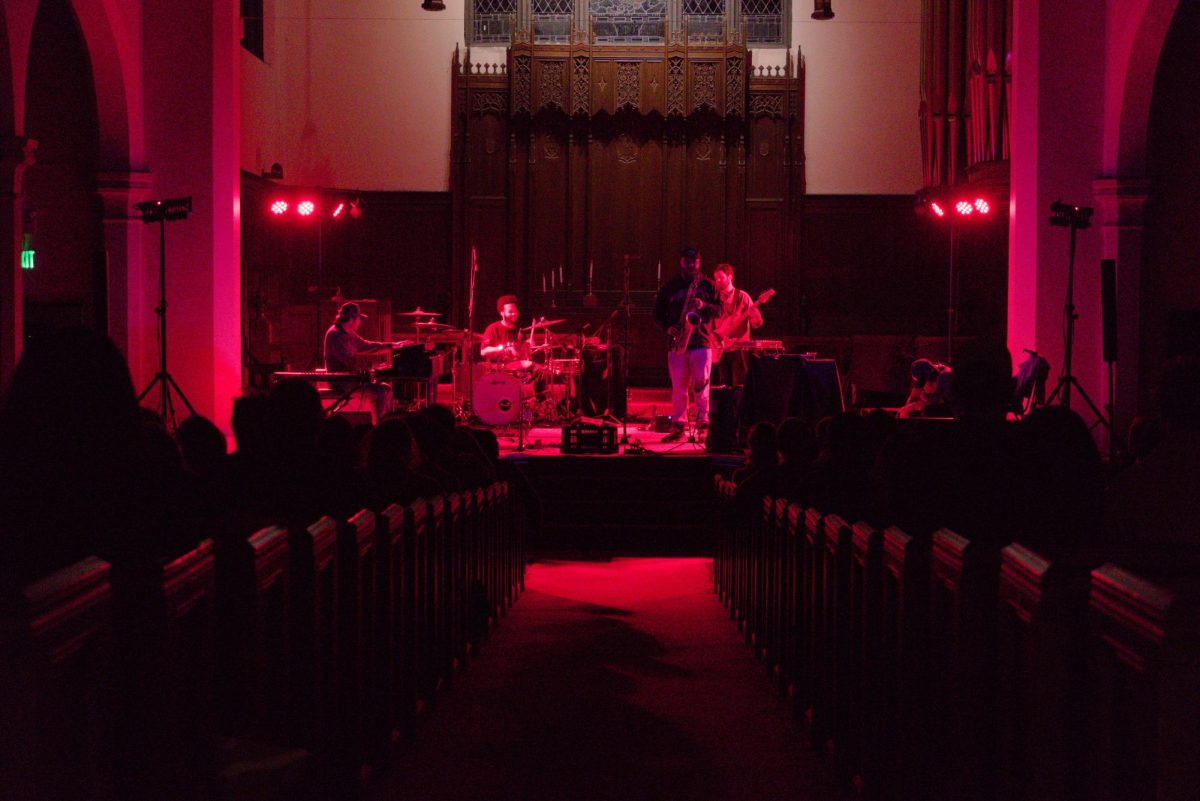
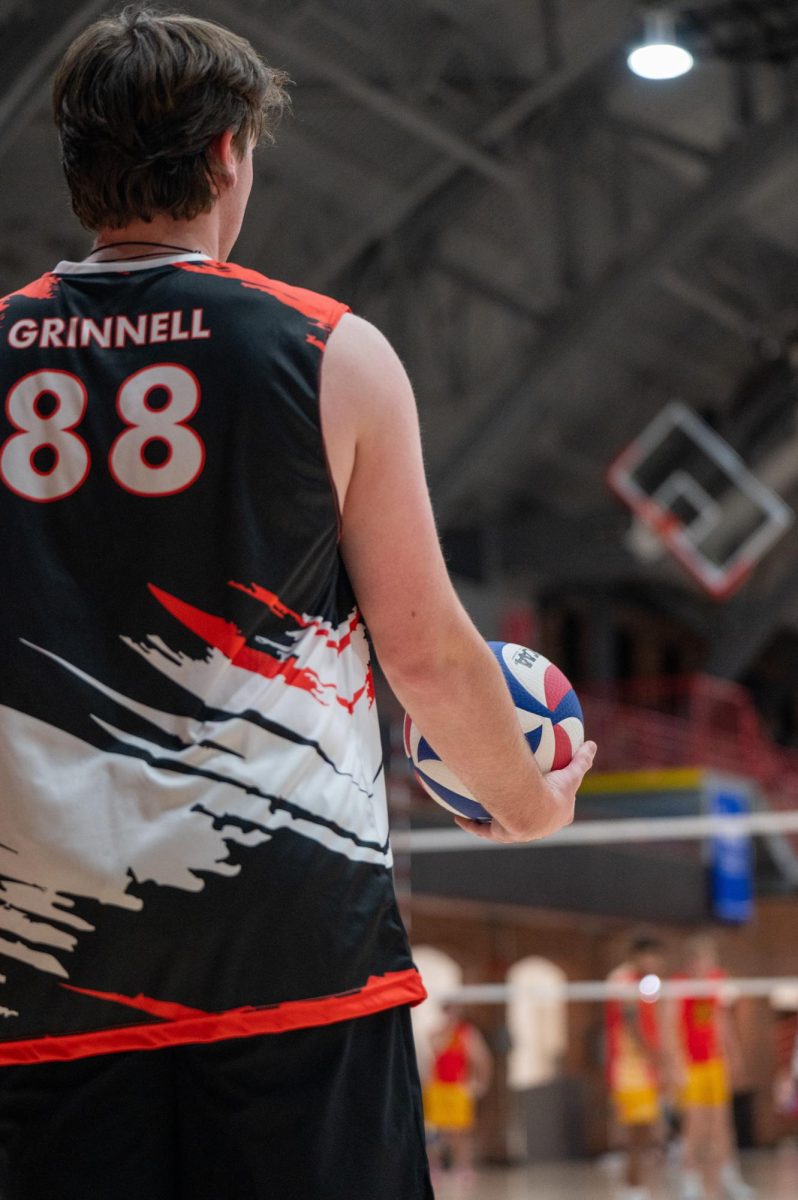
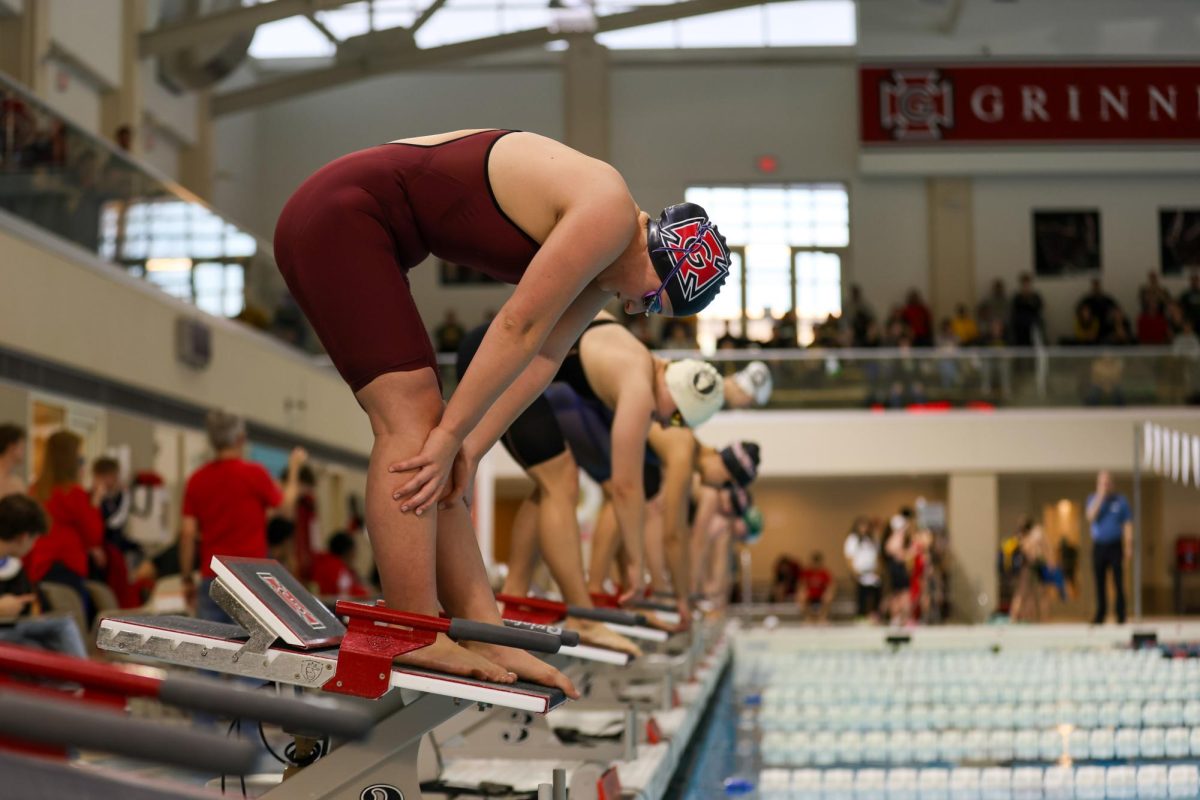

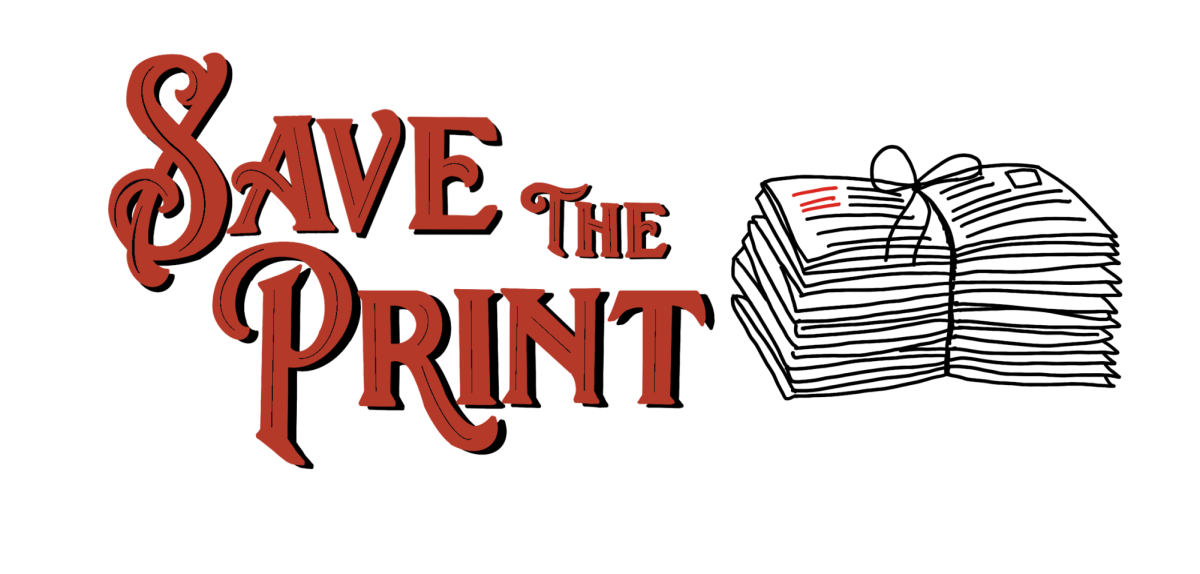
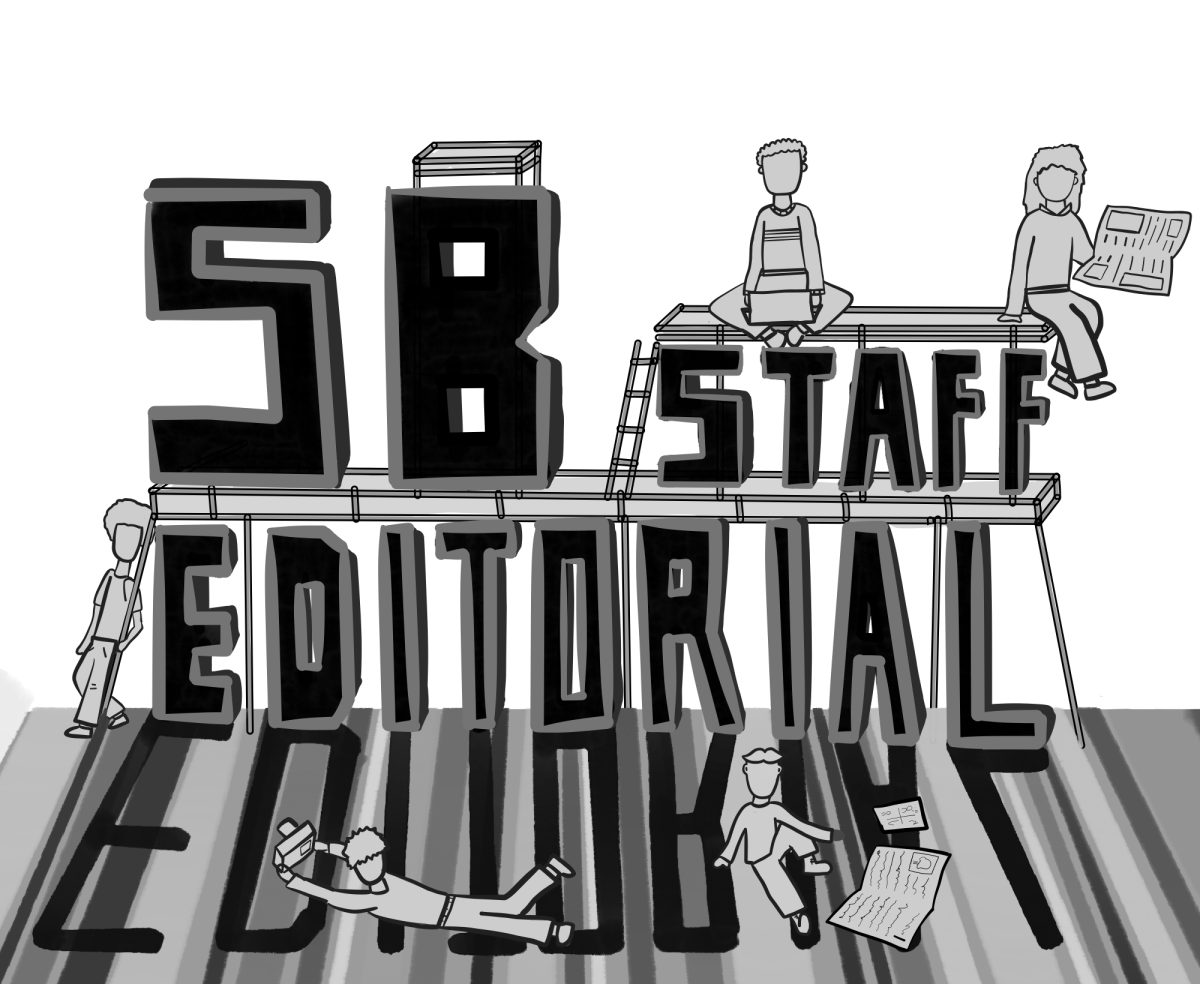

David Coster • Nov 25, 2024 at 6:07 pm
Let me get this straight – a student invited a non-student to a campus party, and that non-student assaulted a Black gay student. How is this the fault of the college rather than the fault of the GC student who brought the non-student in? And the fault of the perpetrater? You feel unsafe not because the campus is unsafe, but rather because unknown strangers are being invited to campus who cannot necessarily be trusted. That’s the issue. Stop bringing outsiders in. The college is a bubble of safety that has no control over the broader public. If you willingly bring an enemy into your midst the administration can’t prevent potential adverse consequences. The world is not a nice place. Use better judgement.